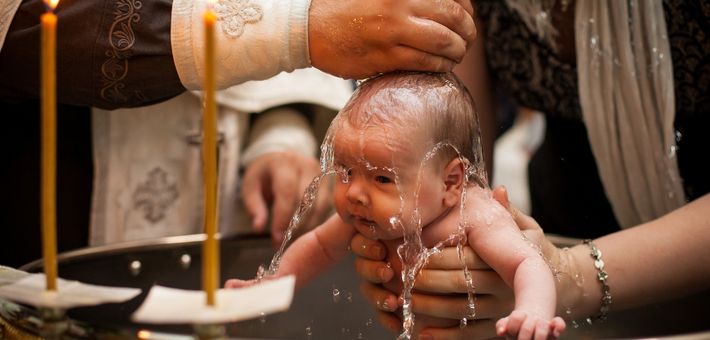I still find myself reaching for a pocket that no longer exists. The jacket grew leaky seams and loose threads and I had to leave it behind, unwilling to carry it in my baggage any longer. The pocket, the one that sat above my heart, zipped close and held one of the most precious things for a traveler: documents. Namely: a passport and a clergyman visa.
We lived in Jerusalem for a time. Its shrewd borders dictated proof of permission to enter and exit. A trip to the grocery store a mile away from our home required a passport and a stop through a checkpoint. The same for our kids’ schools, our favorite coffee shop, and our friends’ homes. Before leaving home one had the familiar self-check: passport, keys, phone and wallet. We were privileged, of course, and could move between places that were otherwise separated.
I still find myself reaching for a pocket that no longer exists. My muscle memory is as fresh as the fig leaves unfurling in the spring and the scent of apricots on the cusp of summer.
I was often greeted with questions of identity: “Who are you?” and, “Where are you from?” I was an outsider, from a different country, of a different faith, and a different path of religious leadership (namely, being a woman and a clergy person).
Each of these were true and drew from particular pieces of my identity. Each of these also limited my chance of connecting with others who did not share the same pieces in their whole.
We live in a time where our sense of identity has both expanded and become more granular. We are leaving behind identities that no longer fit, recognizing that the “one size fits most” was altogether too small, too narrow. We are more aware of what we identify with as well as what makes us different and unique.
But identity, at its root, is about what makes us the same. Think “identical.” Our identities are truly our own. Our identities also connect us, perhaps no longer as a whole, but piece by piece. Identity leads us into community. The different pieces that make the whole are just pockets that hold part of who we are for a time.
I remember when we attended a baptism at the Orthodox baptistry at the Church of the Nativity in Bethlehem. The Church is the structure built over the cave where Jesus was born, and indeed is a gathering place for pilgrims throughout the world.
Christians often look to their baptism as a home for our identity and a source of our belonging. As a Christian and one who was baptized, I was invited to the baptism, yet as one who was not Orthodox, who did not speak the language well, who was not part of the family or ethnic group. But a little child at the baptism helped me see my identity as one who is in Christ.
Atop her dad’s shoulders, the girl, maybe 6 years old, traced the cross that was hewn at the top of a rose colored pillar. Apart from her dad’s shoulders, she couldn’t reach, let alone see it. Without her I would have missed this detail.
The room echoed the cacophony and heat of bodies gathered for the baptism. In the wall of sound around the boy who would be baptized, the young priest offered prayers, hands raised, blessings codified in the sign of the cross, and the breath of the Holy Spirit from his own lungs. He breathed on the boy, just as he was breathed on by a priest, just as he was breathed on by a priest—a bestowal of the Holy Breath.
The priest led the sponsors in the Nicene Creed, which they recited from heart over the boy as a prayer with their eyes towards heaven. Illah min illah, nur min nur. God from God, light from light. Ameen. Amen.
Beyond this holiness, photographers and videographers hovered to capture the moment. From our vantage point in the wooden chairs that were built into the wall, we were captured in awe: at the treasure of baptism, at the beauty and meaning of the space, by the hospitality of our companions, by the wide smile of the 8 month old boy.
As has long been practiced in the Orthodox tradition, the one being baptized is prayed for and blessed, then submerged in the waters as they were born, naked. In the name of the Father, and of the Son, and of the Holy Spirit. Amen.
As the boy was drawn up and out of the waters, his smile was replaced with shock and he was quickly dried and dressed by his family. No longer naked, he wore a white crown with a gold cross on it. A white suit and white shoes. He was clothed in Christ.
Al Masih Qam!
Hakan Qam!
Words we knew and could recite:
Christ is Risen!
He is risen indeed!
We were standing on our chairs, straining to see the dance around the font. Round and round it went. It felt as if we all were sitting on someone’s shoulders, glimpsing into a world we cannot yet see or reach on our own: one where kinship and belonging flow like water, where walls do not determine who you are or what you can become, where justice and mercy kiss, where the dead are raised to new life.




GORGEOUS. Gorgeous, gorgeous, gorgeous. Thank you Jeni.